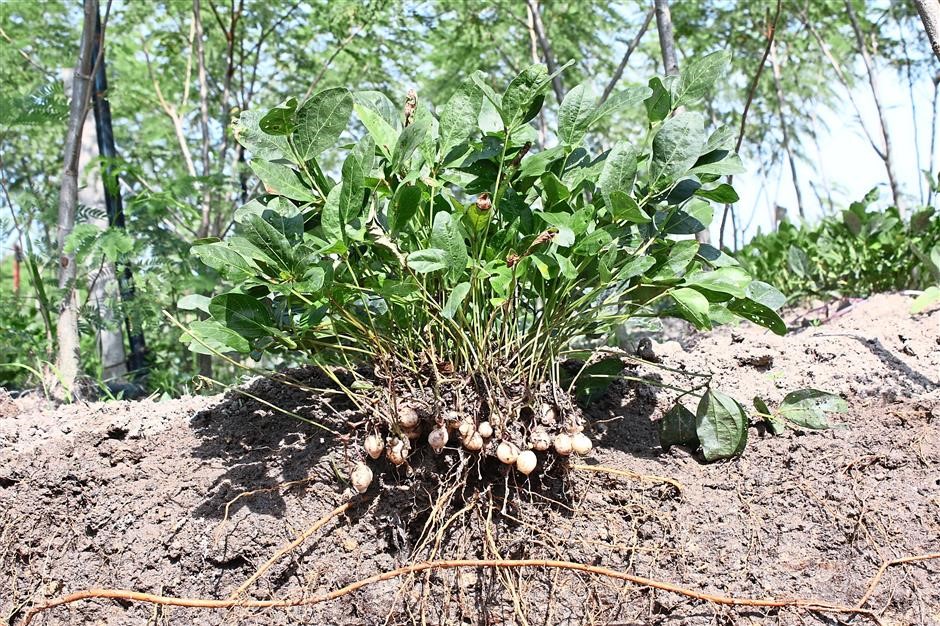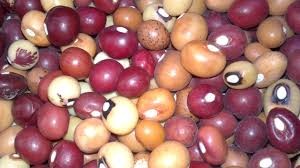Bambara Nuts
Varieties

1.0 INTRODUCTION
Bambara groundnut (Vigna subterranea (L.) Verdc) is an important legume crop that is highly liked with many rural and urban family households as a side. It is delicious and rich in proteins, carbohydrates and fats. In addition, it is beneficial to the farming system because of its potential to fix nitrogen in the soil. Yield potential of Bambara nut ranges between 500 to 800 kg per hectare.
The core objective is to encourage improved production of the crop in all areas where it is grown
By the end of this lesson, the farmer should be able to understand:
- Good management practices for Bambara groundnut production
- How to protect Bambara groundnut from pests and diseases
- Knowledge on improving Bambara groundnut productivity
- Knowledge on post-harvest handling of Bambara groundnut
2.0 ENVIRONMENTAL REQUIREMENTS & VARIETY SELECTION
2.1. Environmental Requirements
- Grows best with a well-distributed annual rainfall of 900-1,200 mm. and also it can yield successfully with a well distributed rainfall ranging from 600 to 700mm.
- The crop tolerates dry spells better than groundnut
- It requires a frost-free period of at least 3 to 5 months and is a typical short-day plant
- It grows well in an average temperature of 20 °C to 28 °C
2.2. Variety selection
Kayera (2768)
- Yields an average of about 880 kg/ha, and is adapted to a wide range of environments in Malawi, including marginal rainfall areas, and those with poor soil fertility
Makata (181Cr)
- Gives a high average yield of 1,160 kg/ha. This variety is adapted to a wide range of environments in Malawi, including marginal rainfall areas characterized by poor soil fertility
Kadziunde (181 Rd)
- Gives an average yield of about 900 kg/ha. This variety is also adapted to a wide range of environments in Malawi, including marginal rainfall areas, and those characterized by poor soil fertility.

